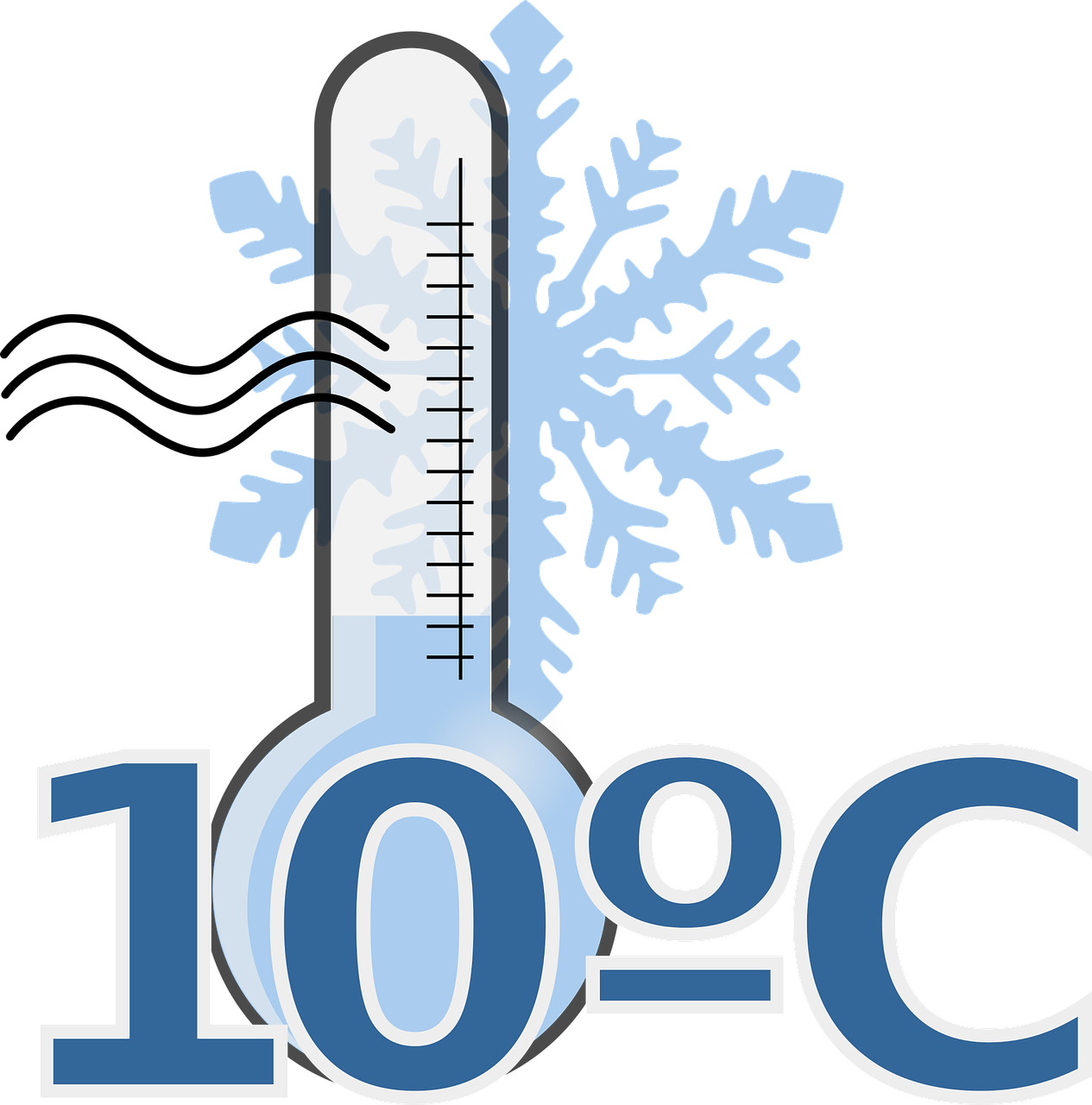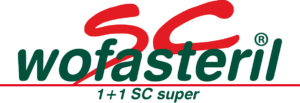
Bird flu - ongoing threat with no end in sight
Bitterfeld-Wolfen, 09.03.2017
The aggressive form of "bird flu" under the virus subtype H5N8 ("avian influenza"), which has been rampant since November, has so far led to an unprecedented number of cases of illness among wild birds and also in many poultry farms in Germany and Europe.
The annual bird migration and the persistently wet and cold weather have favoured the spread of the disease. In addition to the control measures ordered by the authorities for this notifiable animal disease, hopes are pinned on seasonally rising temperatures and less precipitation.
The Biosecurity measures – above all "Cleaning and disinfection" – are the focus of animal disease control, but also of prevention.
What is required are highly effective disinfectants with DVG listing , suitable for all seasons and outdoor temperatures, without resistance problems, without sensitising, allergenic or even carcinogenic properties in the finished working solution, as well as extensive degradability.
For more than 25 years, the proven peracetic acid specialities of the KESLA group of companies have stood for this.
The spatial spread of the highly pathogenic form of avian influenza (HPAIV) caused by the influenza A virus of subtype H5N8 ("avian influenza") continues to take place with great dynamism. In the meantime, 26 European countries are affected.
In Germany, HPAIV has reached unprecedented levels . There is still a high risk of introduction into poultry farms and bird populations in zoological institutions through direct and indirect contact between wild birds and poultry, especially in the vicinity of waterfowl resting and gathering areas, including farmland where wild birds gather. Entry via contaminated material (footwear, vehicles, objects, litter) is the most likely source of infection for most poultry holdings.
The top priority is to establish a physical and functional barrier between wild bird habitats and poultry holdings. Housing poultry and other biosecurity measures minimise the risk of contact with infected wild birds. Indirect routes of introduction must also be taken into account, for example via feed, water or litter and objects contaminated by wild birds (footwear, wheelbarrows, vehicles, etc.). These must be prevented and suitable disinfection measures provided. The spread of infections between poultry holdings must be avoided. To this end, strict biosecurity measures must be taken, in particular the consistent cleaning and disinfection of equipment and vehicles with products qualified for epizootic diseases and the cold season. Poultry farmers are legally obliged to comply with basic biosecurity rules. The review, optimisation and consistent implementation of biosecurity measures is of utmost importance. Especially in the case of notifiable epizootics, such as avian influenza, sufficient knowledge of the active ingredients of the biocides and good cooperation between the actors of the veterinary authorities, the fire brigade and disaster control as well as the affected farms are indispensable for measures ordered by the authorities.
The important components of prevention and control are highly effective disinfectants that are not sensitive to cold. According to the disinfection guideline, active substances based on peracetic acid are especially recommended in the case of epizootic diseases below 10°C.
Organic acids, such as formic acid, are not permissible below 10°C due to their temperature error and must not be applied in the event of an epizootic!

KESLA's peracetic acid specialities are valued in practice for their very rapid and comprehensive effect against bacteria, viruses, spores and fungi at only low application concentrations. The top listings with the DVG, FIBL, VAH and RKI underline this.


The alkalisation of Wofasteril by the buffering and cleaning additive alcapur offers, as a unique selling point, a maximum of material compatibility with simultaneous minimisation of the acetic acid odourwhich is important, for example, for vehicle disinfection or disinfection in closed stables. Buffered and unbuffered Wofasteril solutions are characterised by the exclusion of resistances and no temperature defect , which makes the application very effective even in winter . An extensive degradability is guaranteed. According to the DVG listing and disinfection guidelines, KESLA disinfectants are not only excellent for prevention but also in the acutal case of an epizootic disease without restriction at any time of the year.
– Use biocides safely. Always read the identification and product information before use. –
